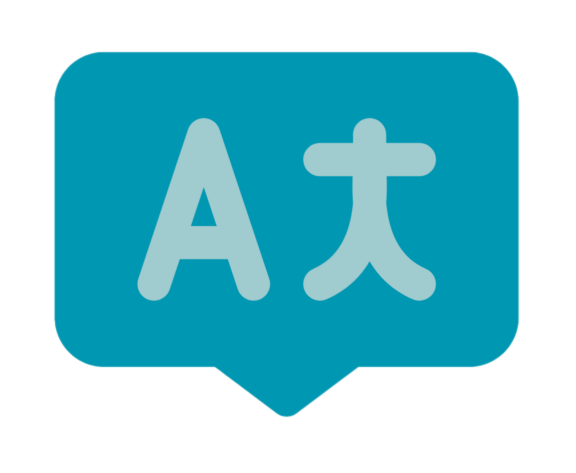Introduction

For this session you will need (or ask the students to bring) art supplies, magazines (art/travel), mixed craft supplies.
– Ask students to recap on what they did in the last session. What did they learn? What was most interesting/challenging for them?
– Recap on key points from the session around writing about migration and journeys using poetic devices and sensory imagery.
Task 1: Translation

– Split the class into small groups/pairs, up to 4 groups/pairs (depending on number of students) and give each small group one of the extracts from last week (a different one for each group). Explain that they will translate it into English, working together.
– Give them time to work on the translations, then share with the group, commenting on any particular difficulties they found. Can others help to resolve them?
– Write up these difficulties and proposed resolutions on the board.
Differentiation: This can be done as a collaborative whole-class activity just using one of the extracts and working on it together. This could also be done with one of the extracts after students have attempted as a pair, especially if one group has found particular difficulties, or there is a teaching point (e.g. on grammar) to be drawn out.
Task 2: Speaking / Creative

– Ask students to create a visual artwork based on one of the extracts. This could include a drawing, either on paper or on a tablet/computer (if available), a collage/mood board, etc.
– For this task, allow students to choose their own working methods and which extract they want to work on. They are free to work individually or in a pair/small group.
– Circulate whilst the students are working to ask what they are doing and why, and encourage responses in French. Then allow time at the end of the session for students to present their artworks in French, explaining how it relates to the extract they chose.
